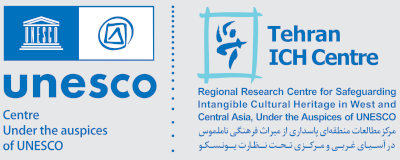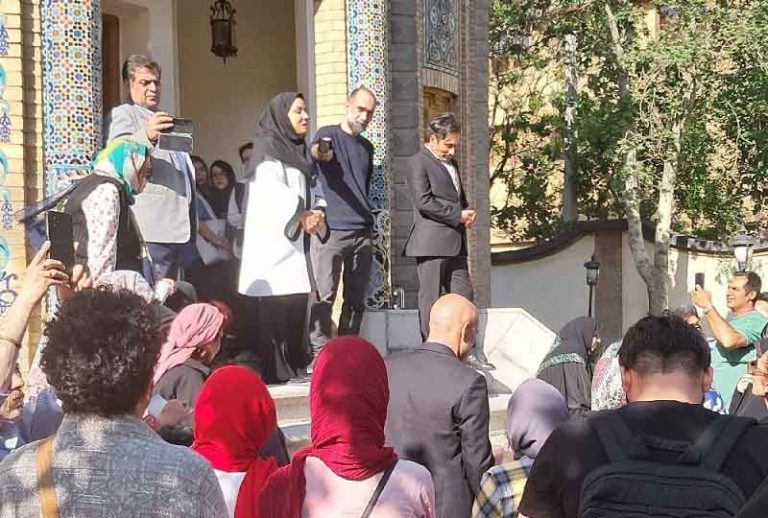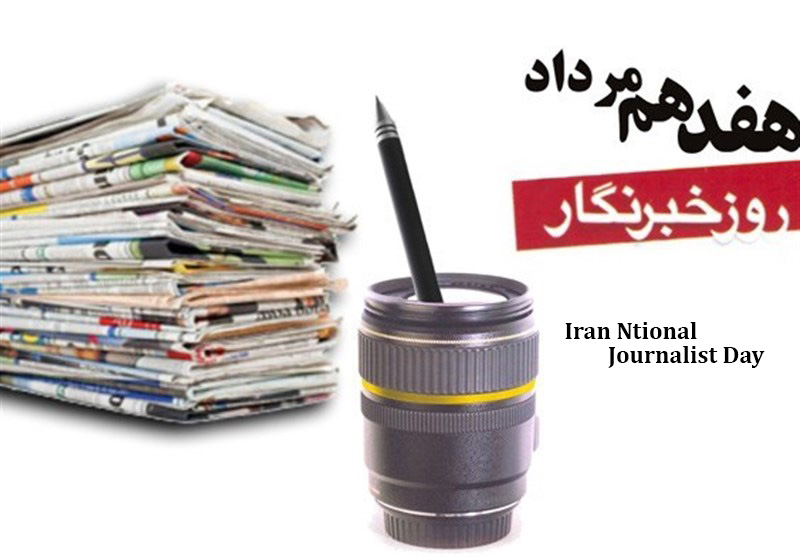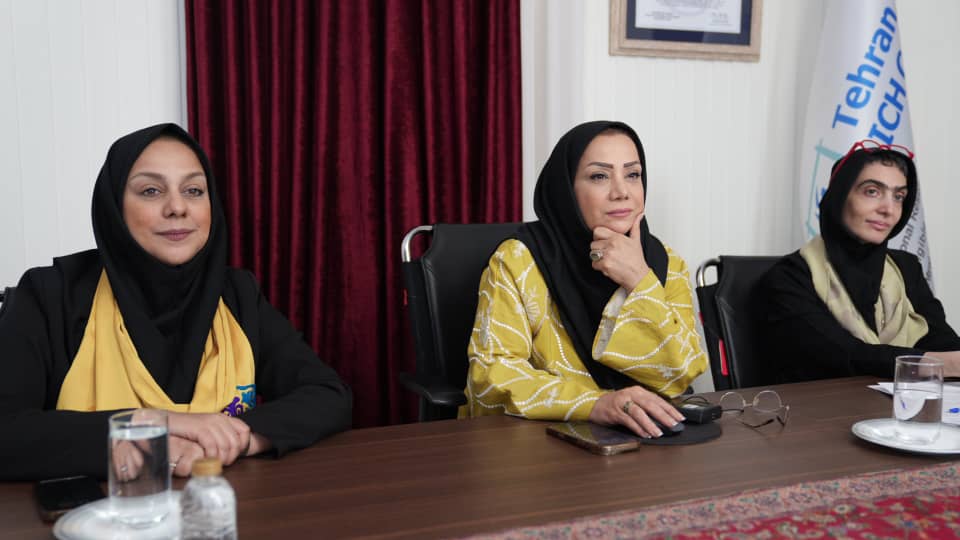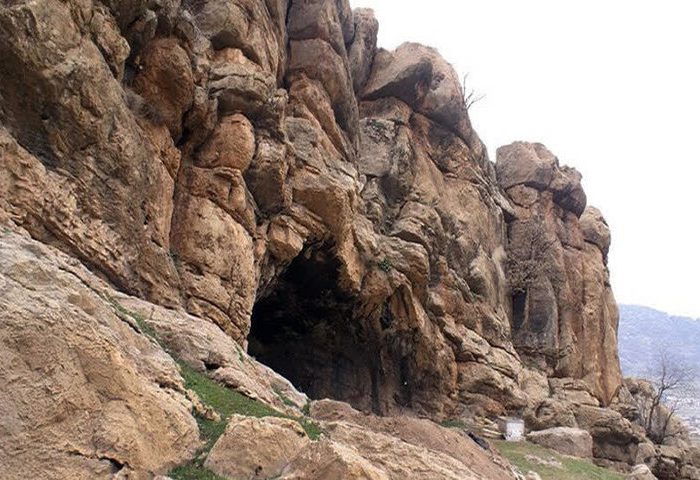Official Speech on the Occasion of the International Day for Monuments and Sites – Visit to the Cultural Monument Housing the Regional Centre for the Safeguarding of Intangible Cultural Heritage in West and Central Asia
By Dr. Atusa Momeni
General Director of the Tehran ICH Centre
Ladies and Gentlemen,
Esteemed Guests and Cultural Enthusiasts,
It is with great honor and heartfelt appreciation that I welcome you to this distinguished space an edifice constructed not only of stone and brick, but also of memory, wisdom, art, and identity. It stands as a living testament to the grandeur of architecture and the profound depths of our culture and civilization.
This monument, without doubt, ranks among the most treasured architectural legacies of our land. While distinguished experts in the field of architecture will share their insightful and analytical perspectives during this visit, I take pride as a member of the global UNESCO family in highlighting how this structure opens a window from the Iranian world to the wider world of humanity; a window into culture, awareness, dialogue, and mutual understanding.
This building is a confluence of Persian architectural artistry and Western architectural influence embodying a silent yet profound dialogue between history and beauty. Fortunately, thanks to the dedicated efforts in recent years, this monument has been officially entrusted to the Ministry of Cultural Heritage, Tourism and Handicrafts, and now proudly houses the Regional Research Centre for the Safeguarding of Intangible Cultural Heritage in West and Central Asia. It has thus become a platform for cultural engagement, regional cooperation, and multilateral diplomacy in the path of implementing the 2003 Convention of UNESCO.
This Centre, operating under the auspices of UNESCO, is mandated to facilitate and guide the implemention of the 2003 Convention across 24 countries in the West and Central Asia region a responsibility rooted in the shared belief in living heritage, collective wisdom, and indigenous knowledge.
Your presence here today offers an opportunity to reflect more deeply on the meaning and essence of intangible cultural heritage a heritage that lives not only in physical artifacts, but also in human experience, in behavior, in voice, in ritual, and in thought. As defined by the 2003 Convention, intangible cultural heritage manifests itself across five fundamental domains:
1. Oral traditions and expressions, which carry the memories and wisdom of generations;
2. Social practices, rituals and festive events, which sustain the social fabric of communities;
3. Performing arts, which reflect the imagination and lived experience of people;
4. Knowledge and practices concerning nature and the universe, which are the foundations of ecological wisdom and resilience; and
5. Traditional craftsmanship, where labor, beauty, and skill are harmoniously interwoven.
We are proud that this very structure standing before us today represents multiple facets of this living heritage. It is a creation borne of traditional knowledge, local craftsmanship, and the spirit of Persian architecture; a legacy risen from history, now serving as a vessel for cultural connection and future-making.
In closing, I wish to thank you for your presence in this esteemed space, and for your dedication to the living and enduring culture of Iran.
May this gathering mark the beginning of deeper dialogues, stronger partnerships, and collective efforts in safeguarding the intangible treasures of humanity.
